All DVD's include step by step English speaking instruction,
and demos of the form from different angles.
To order the digital download versions of select DVD's click here.
Wudang Fu Chen, instructional DVD
A truly unique weapon, the FuChen or Daoist Whisk, is amazingly effective when striking, whips through the air like a powerful wind when wielded properly, and infuses all of your Kung Fu movement with a dynamic flow and fluid grace. In China, they say that when you hold the FuChen in your hand as part of your life, you're no longer an ordinary human being.
Baxian Gun (Eight Immortal Staff) was created by imitating the features of the Taoist Eight Immortals:
It includes 61 postures. This form is one of Wudang Mountain's treasures.
1) He Xian-gu (with lotus flowers)
2) Li Tie-guai (with pilgrim's gourd and iron crutch)
3) Cao Gou-Jiu (with castanets)
4) L¨¹ Dong-bin (with fly-wisk and sword)
5) Han Xiang-zi (with a flute)
6) Zhuang-li Quan (with fan and peach of immortality)
7) Lan Cai-he (with basket of flowers)
8) Zhang Guo-lao (with drum)
Baixian Gun is part of the Wudang Eight Immortal School
Fuhu Quan (Taming Tiger Form) includes 65 postures. This form is also known as Xiang Long Fuhu Quan (Taming Tiger & Dragon Form). Fuhu Quan is what Taoist Monks use for basic training.
This form was created to protect Wudang Mountain & its temples. By using great physical force this form is known for frightening enemies away.
Wudang Taiyi Xuan Men Jain (Wudang Taoist Sword) includes 65 movements. Wudang Mountain is famous for its sword. The sword plays a very special role in tradtional Chinese weapons.
Wudang Mountain has many sword forms, Wudang Taiyi Xuan Men Jain is the most coveted of all of the sword forms on the mountain. When Wudang Taiyi Xuan Men Jain is practiced the mind leads the physical movement & the body becomes one with the sword.
Wudang San Feng Taiji Jian (Wudang San Feng Taiji Sword) includes 64 movements. This form was founded by Master Zhang San Feng who incorporated sword positions of many other Taoist sects creating Taiji Sword.
Taiji sword incoporates Wudang Kungfu with internal practice & regulated breathing techniques. When practicing this form the practitioner should be relaxed with a straight torso, relaxed shoulders & lowered the elbows.
Wudang Taiji 28 Shi (Wudang Taiji 28 Movements) includes 28 groups of movement. This form is based on the original Wudang San Feng Taiji 108 Shi. Though Wudang Taiji 28 Shi seems like a long form, it was actually created as a shorter form of Wudang San Feng Taiji 108 Shi to make it easier for practitioners to remember.
This form as all Taiji forms uses softness to overcome the hard & stillness to combat movement. This form is good for body strengthening & self-defense. By practicing it, people can convert strength into inner energy & then into spirit. This practice combines Kungfu with inner alchemy & helps to achieve longevity, clarity & physical strength.
All forms of Wudang Taiji incorporate movement with stillness. With this practice the internal & external movement work together to help create an overall well-being in addition to improving physical health.
Bagua Zhang (Bagua Palm) has 8 seperate parts, each part has a different group of movements. Bagua Zhang was developed from the laws of the five elements which are Metal, Wood, Water, Fire & Earth.
This kungfu form is based on the movement of walking in a circle. Some of the most famous Bagua Forms are, Old Bagua Palm & Round Body Bagua Palm. All forms of Bagua are practiced for body strengthening & defense in addition to health & well being.
Taiyi Wuxing Quan (Taiyi Five Element Form) includes 25 groups & 81 movements. This is an important school of wudang internal work. The main contents of Taiyi School are somewhat similar to that of Wudang Taiji. Taiyi Wuxing Quan was founded by master Shouxing, who is of Longmen School of Wudang Taoism in Ming Dynasty.
The principles of this Taiyi Wuxing Quan are based on Yin Yang & the Five Elements. This form is highly influenced by the Five-Animal Form of Hua Tuo, a famous doctor from the Han Dynasty. Taiyi Wuxing Quan also heavily relies on regulated breathing, striking and defense.
When practicing this form, the internal practice becomes more important than pysical strength. The body has cirular motion & moves slowly, smoothly & naturally. This form is filled with charm & magic.
Xuan Wu Quan (Xuan Wu Form) includes 53 movements. It is also called Two Symbol Form, which comes from Yin & Yang because the movements are both hard & soft, quick & slow.
When practicing this form the practitioner moves as quick as lightening & as loud as thunder. To maintain advantage this form uses stillness to overcome the movement of the opponent.
Wudang TaiHe Quan, created by Wudang Mountain Taoist priest Master Jing in 1980s.
Master Jing is living in TaiHe Temple on Wudang Heaven Pillar Peak.
“TaiHe” means Great Harmony.
Wudang TaiHe Staff, created by Wudang Mountain Taoist priest Master Jing in 1980s.
Master Jing is living in TaiHe Temple on Wudang Heaven Pillar Peak.
Master Jing also created TaiHe Quan.
“TaiHe” means Great Harmony.
Qian Kung Taiji Fan is a newer form brought to Wudang by Master Zhong Xue Chao. This form comes from Kong Tong Mountain in Gan Su Provience. Though the fan is traditionally used for dancing & performing, QianKung Taiji Fan is a Kungfu fighting form, still beautiful yet feirce. Movements include cutting, thrusting, fanning & hitting.
Shan Feng Taiji 13 Shi (Shan Feng Taiji 13 Movements) includes 13 groups of movement and 60 postures in all. This form is the mother of all Taiji forms & was created by Taoist Master Zhang Sanfeng. This mother form contains 5 steps & 8 basic movements.
Wudang Taiji Quan uses softness to overcome the hard & stillness to combat movement. This form is good for body strengthening & self-defense. By practicing it, people can convert strength into inner energy & then into spirit. This practice combines Kungfu with inner alchemy which helps to achieve longevity, clarity & physical strength.
This practice can be broken down into 3 catagories: jing (essence), qi & shen (spirit)practices.Regulating breathing is an important skill for this practice. The main movements are pushing, pressing, jostling, picking, elbow and so on. When practiced, it flows very smoothly & naturally. Wudang Taiji incorporates movement with stillness. With this practice the internal & external movement work together to help create an overall well-being in addition to improving physical health.
Prepay for Master Bing(Zhong XueChao)'s Seminars , Classes, DVD's, or others. you will need to fill out a form, to describe what you are Prepaying for


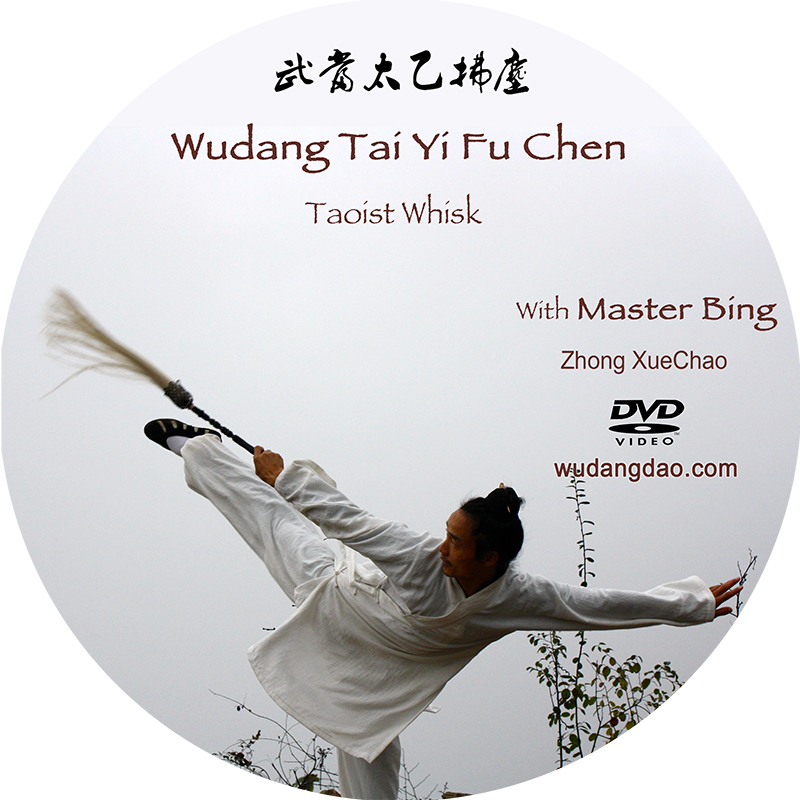
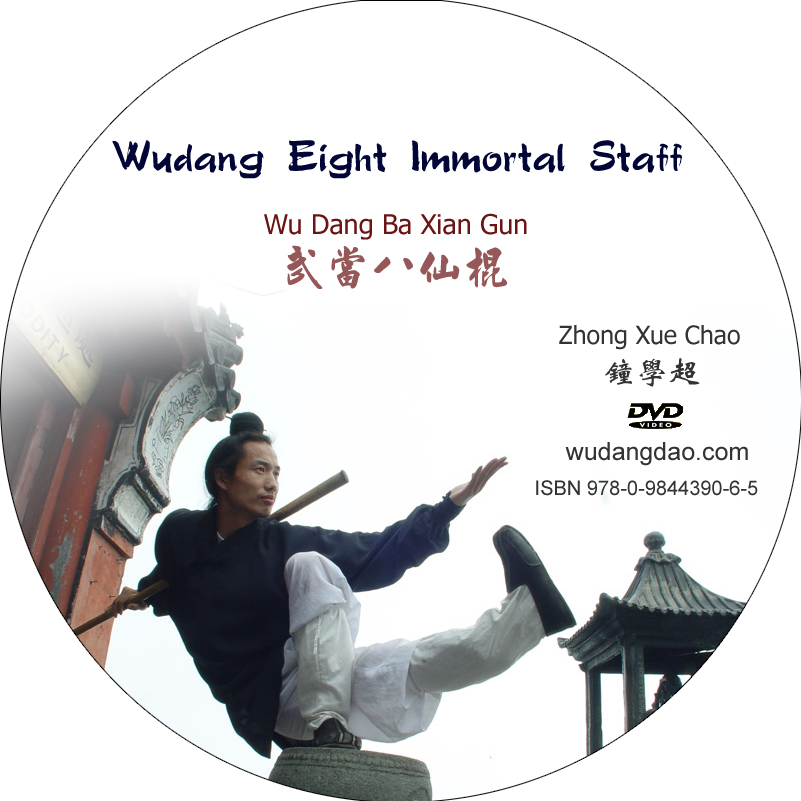
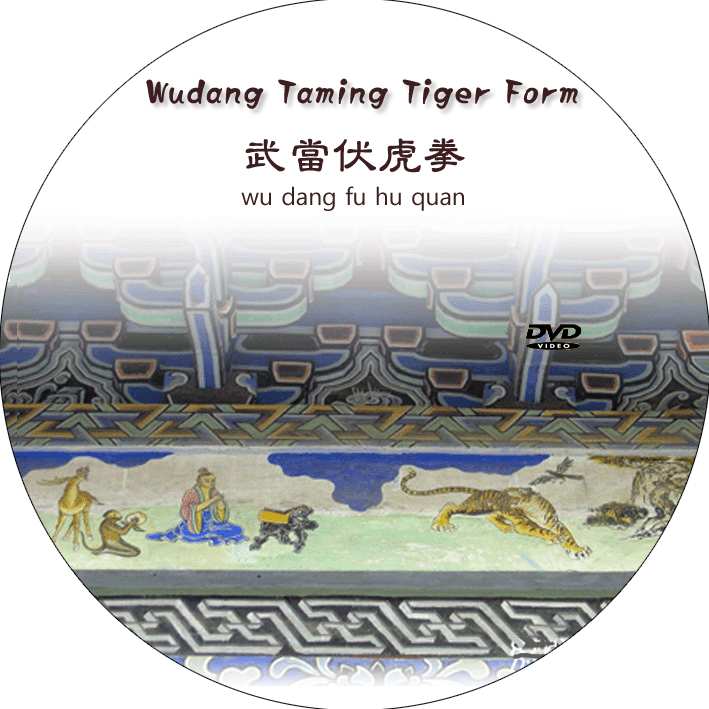

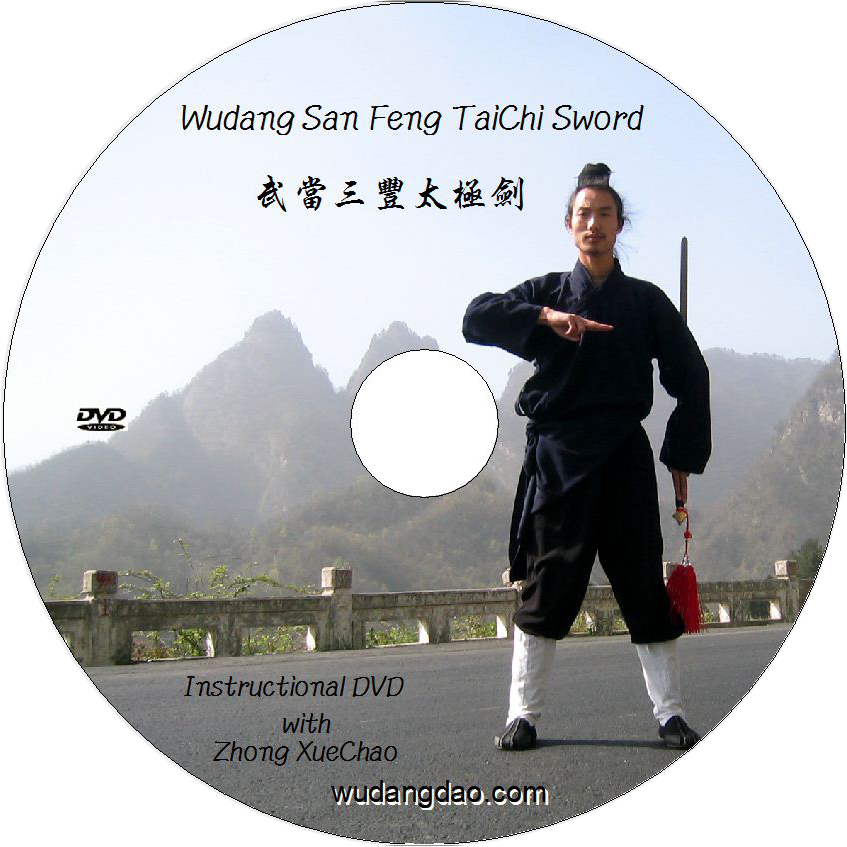

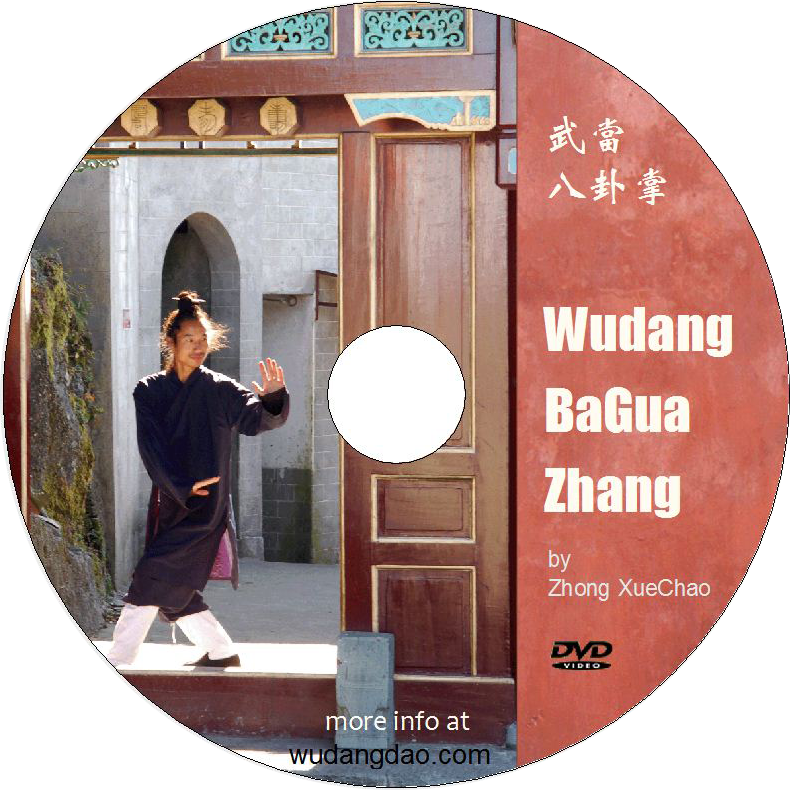
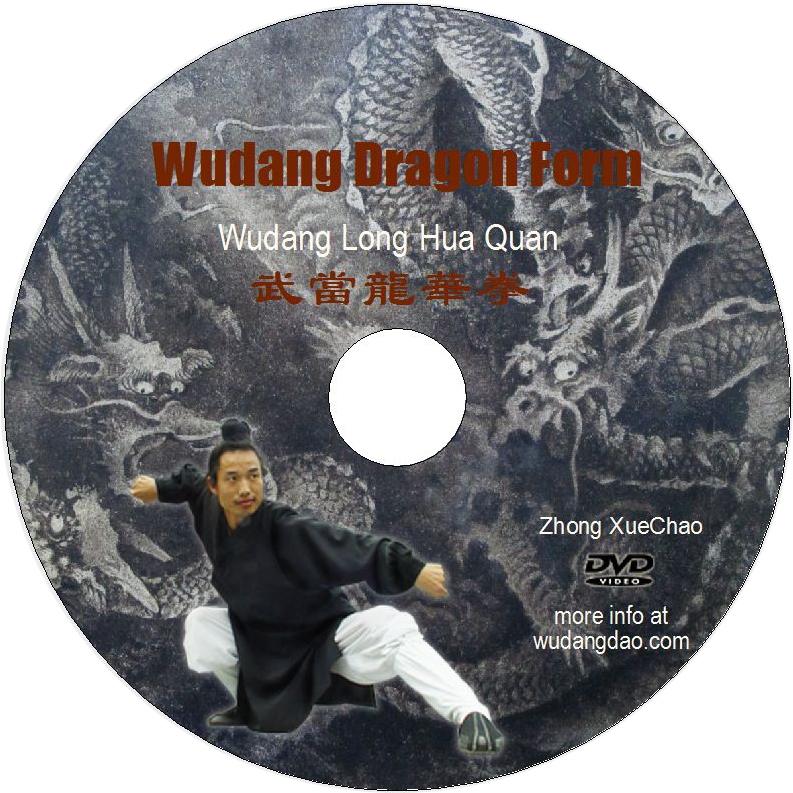
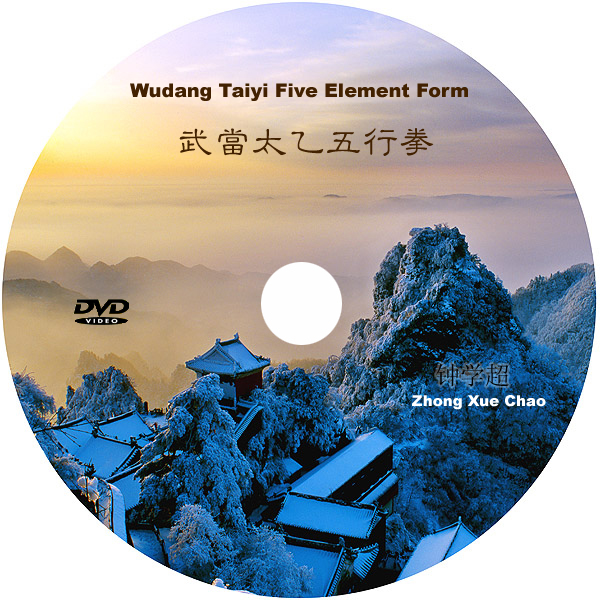

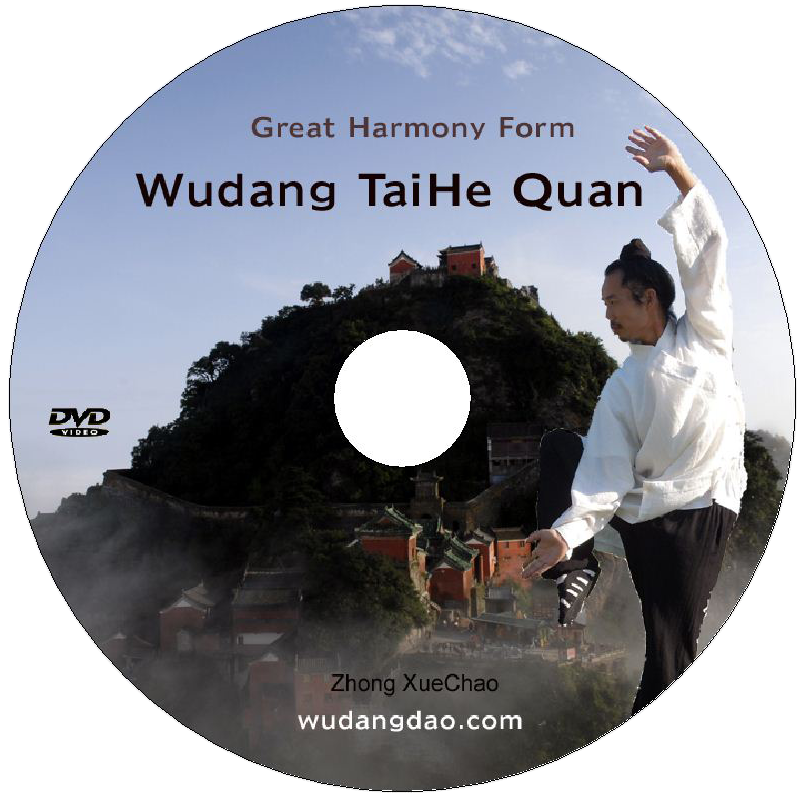
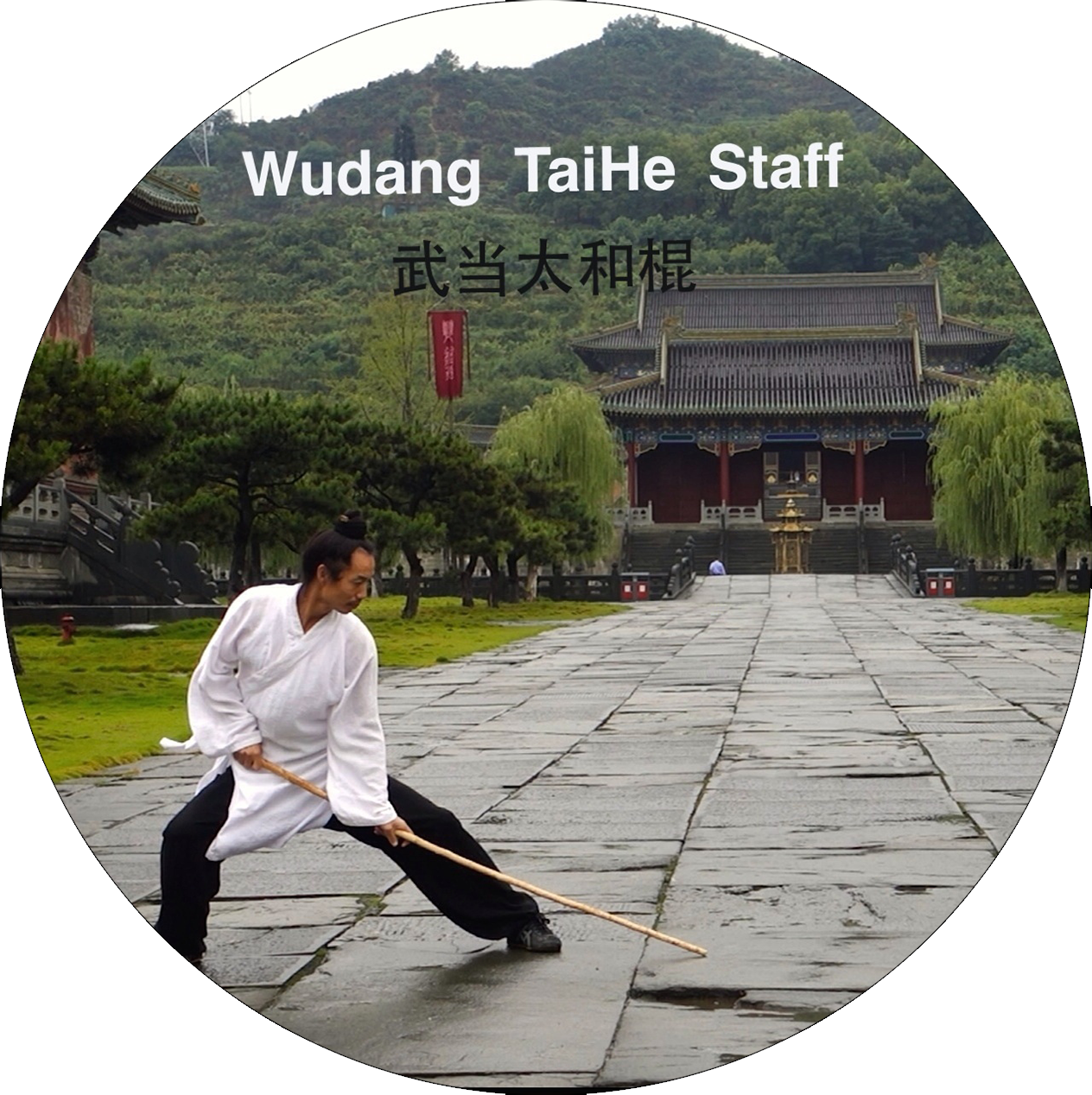
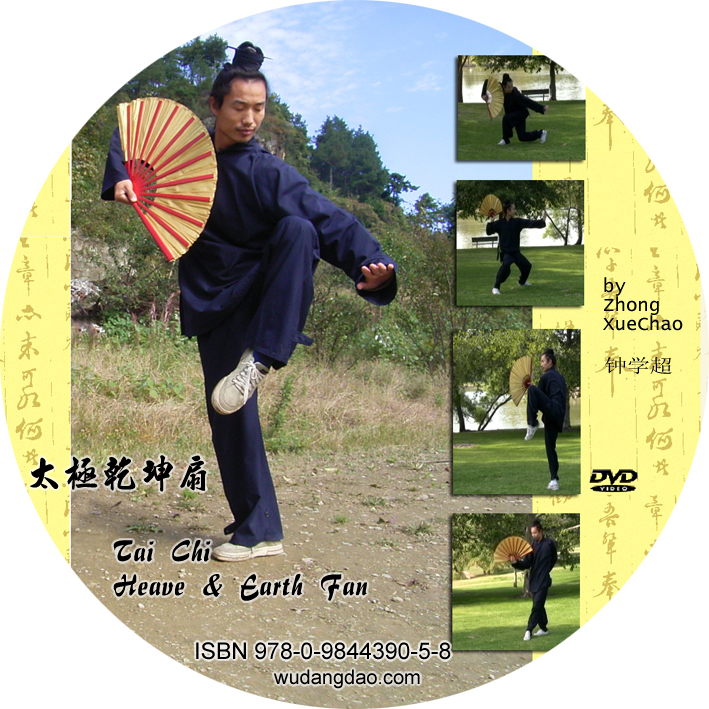

include Turtle, Carne, Snake, Tiger, Dragon, Five taoist secret animal Qigong Exercise. Wudang Mountain is the cradle of Wudang internal exercise. Over hundreds of years Anceient Wudang Monks have developed this group of internal practices which combine physical fitness, internal work, attack & defense into one.